
Among 18 patients with central nervous system lymphoma treated with the ibrutinib/nivolumab combination regimen, 3 had remission beyond 2 years.

Your AI-Trained Oncology Knowledge Connection!


Among 18 patients with central nervous system lymphoma treated with the ibrutinib/nivolumab combination regimen, 3 had remission beyond 2 years.

The safety profile of loncastuximab tesirine plus glofitamab was consistent with the known profiles of the individual agents.

Ten-year data from the phase 3 APHINITY trial will be presented at the 2025 European Society for Medical Oncology Breast Cancer Congress.

The FDA designation follows an orphan drug designation granted by the European Medicines Agency for THE001 in patients with soft tissue sarcoma.

The safety profile of TFOX was consistent with data reported in previous studies, and no new safety signals were identified.

Data from the POTOMAC trial evaluating durvalumab in NMIBC will be presented at a future medical meeting and shared with global regulatory authorities.

Patients with MSS tumors diagnosed with metastatic CRC did not experience enhanced OS outcomes with frontline ICI therapy compared with chemotherapy.

Findings from the phase 2 RAMP 201 trial support the FDA approval of avutometinib plus defactinib in low-grade serous ovarian cancer.

The phase 2 Actuate 1801 part 3b trial results evaluating elraglusib with GnP in metastatic PDAC will be presented at the 2025 ASCO Annual Meeting.

Neoadjuvant trastuzumab deruxtecan/THP showed an enhanced safety profile vs the standard-of-care regimen in patients with early-stage breast cancer.

Pathological complete response was higher among patients with ERBB2–positive gastric cancer or GEJ adenocarcinoma treated with atezolizumab vs without.
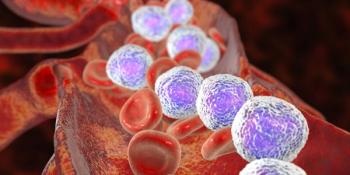
Support for the decision follows a positive opinion from the Committee for Medicinal Products for Human Use based on the phase 3 ECHO trial results.

Among 20 patients with advanced pancreatic cancer and available circulating tumor mutational burden data, 40% exhibited increased tumor mutational burden.

No treatment-related deaths were observed among patients with metastatic uveal melanoma treated with melphalan and a hepatic delivery system.

Preclinical data showing OBI-902 sustained antitumor activity in solid tumors support the agency’s decision for the IND application.

The EU approval was based on results from the phase 1/2 LINKER-MM1 trial assessing the efficacy of linvoseltamab in relapsed/refractory multiple myeloma.
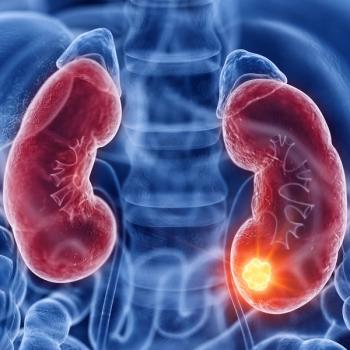
A prospective trial established that 97% of patients were successfully discharged on the same day as receiving robotic partial nephrectomy.
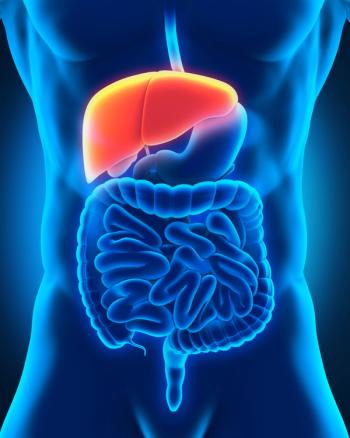
Ten-fraction image-guided hypofractionated radiation therapy could be a feasible treatment option for portal vein tumor thrombosis in patients with HCC.

The recommendation from the CHMP is based on results from the phase 2b HERIZON-BTC-01 trial of zanidatamab in advanced HER2+ biliary tract cancer.

No grade 3/4 treatment-related adverse effects were observed in patients receiving efbemalenograstim alfa for breast cancer in the Guard-02 trial.

According to comparative single-cell transcriptome analyses, NOTCH1 deficiency facilitated a more immunologically active microenvironment in ESCC tumors.
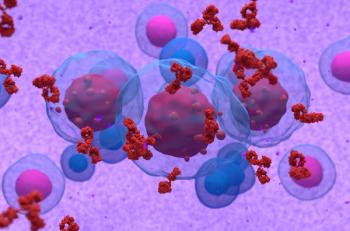
Treatment with daratumumab-based combination therapies may drive minimal residual disease conversion rates in patients with newly diagnosed multiple myeloma.
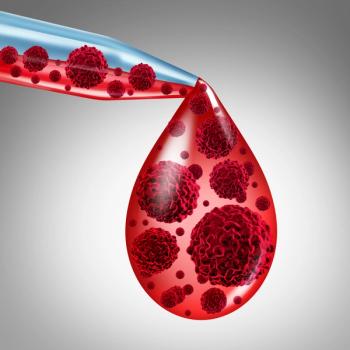
Univariate and multivariate analyses showed no significant association between statin use and grade 3 or higher toxicities in patients with CLL or SLL.

Based on FDA feedback, the developers plan to discontinue the phase 3 EQUATOR study, which evaluated itolizumab in acute graft-versus-host disease.

Chemoradiotherapy resulted in lower incidence of local progression, prompting an evaluation of resectability in patients with advanced gallbladder cancers.

Data from the phase 3 AK105-304 study support the approval of penpulimab in this nasopharyngeal carcinoma population.

Modifying injection methods when administering radioactive therapies may significantly reduce extravasation rates.
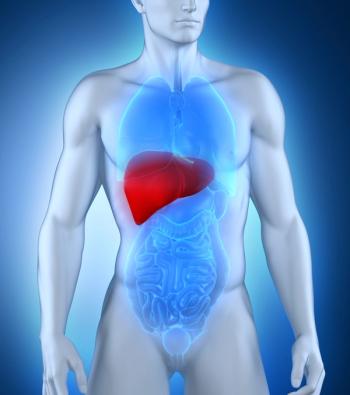
MEV01 trial results show that the test achieved an 86% early-stage sensitivity and 88% specificity in surveillance of HCC among patients with cirrhosis.

A network meta-analysis of 3 clinical trials sought to compare zanubrutinib vs approved BTKis in relapsed/refractory chronic lymphocytic leukemia.

Sacituzumab govitecan plus pembrolizumab showed a trend for improved overall survival vs standard of care in patients with untreated PD-L1–positive TNBC.